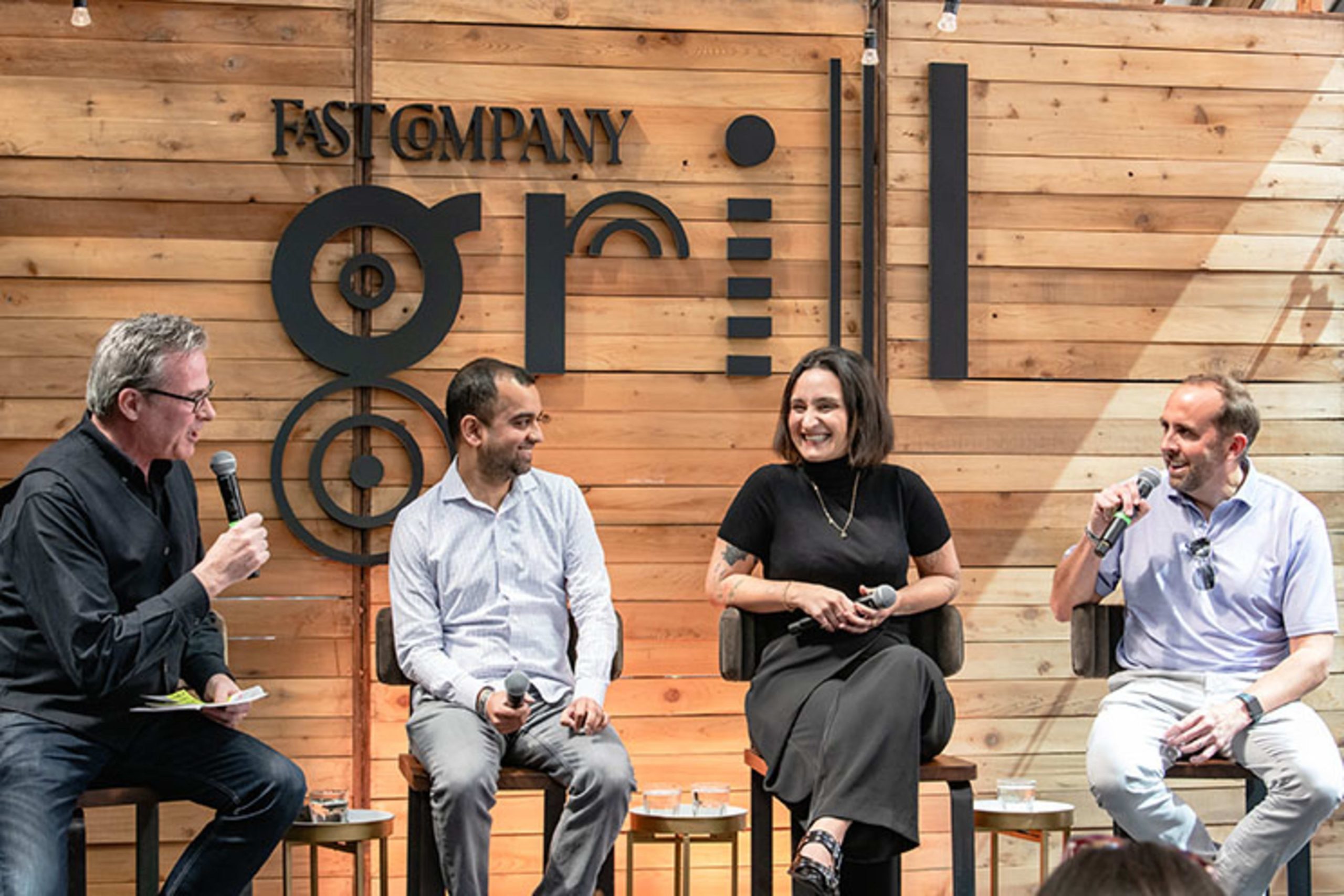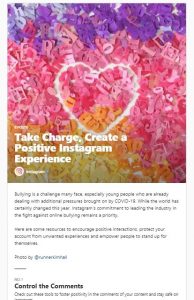How to reinvigorate your brand content
At South by Southwest 2024, three marketing pros shared their thoughts on rising above the noise
BY FastCo Works
Crafting and nurturing a standout brand takes serious care, especially these days when consumer attention is so hard to pin down. Marketers and creatives find themselves juggling greater demands with tighter resources, while the pressure mounts for established brands to stay ahead in an increasingly complex online universe.
Recently, Fast Company and visual communication platform Canva hosted a panel on creating scalable content that stands out during the annual SXSW conference in Austin. Three marketing leaders discussed the technology, formats, and new trends they plan to embrace this year—and how other creatives can do the same. Here are four takeaways from their conversation. Scroll to the bottom to watch the entire panel discussion.
1. Lean into the power of storytelling.
Compelling stories are a powerful tool to convert potential audiences into diehard fans. For example, one barrier to entry to potential new fans of auto racing is a lack of familiarity with the sport and its drivers, explained Peter Jung, chief marketing officer of NASCAR. Jung suggested creating authentic narratives that help demystify a brand. NASCAR tackled this problem by launching “Full Speed,” a Netflix show that humanizes drivers and their teams by showing the challenges they face as they vie for a win.
“That’s an example of a global, broad, scalable way to start to chip away at some of those challenges around understanding the sport,” Jung said. Entertainment-driven narratives can accelerate an audience’s journey from initial curiosity to active association with—and loyalty to—a brand.
2. Have fun with your campaigns.
At times, it may seem that the creative process gets bogged down by a focus on driving specific results or sales numbers. “Sometimes in the past we’ve maybe taken ourselves a little too seriously, so have fun with it,” Jung said. Incorporating playfulness, inventiveness, and compelling visual elements is essential for brands to be noticed and remembered.
Bold brand statements and throwbacks to early digital technology, such as DIY culture and retro ’80s-style pixelation, are playful trends right now, said Silvia Oviedo, senior vice president of content, discovery, and print at Canva. “It’s really cool to see a lot of brands with very strong visual language embracing and leaning into that,” she said.
Immersive marketing is another way to make marketing come alive. At NASCAR, technology, such as in-car cameras, is helping to put viewers in the driver’s seat. “We’re trying to make the experience on a screen as immersive as the live experience can be,” Jung said. “If there’s an idea, execution, channel, or partnership where you can bring some of that energy or those kinds of emotions to life, try it.”

3. Avoid the perfectionism trap.
In a fast-paced field where risk-taking is often rewarded, marketing teams can’t afford to be slowed down by a fear of failure. Oviedo allowed that sometimes it’s best to “go with good,” to take the plunge and put content out knowing that nothing will be perfect before it launches. That said, she emphasized, polish is important, and brands should rely on tried-and-true tools and design principles to put their best foot forward. Doing so will help brands feel more comfortable taking those big—and sometimes scary—swings. “That way you need to obsess a little bit less about perfection, and you can more comfortably go with good,” Oviedo said.
Every brand has a different threshold with what they’re comfortable putting out into the world, said Mohan Ramaswamy, founding partner of digital product company Work & Co (which was purchased by Accenture in January). Some companies welcome a trial-and-error approach, while others insist on making content as finished as possible. One way to find a happy medium is to do more ad-hoc testing. For example, consider launching prototypes to a small percentage of users. “It helps to just put it out there and get over that initial fear,” he said. “We can test it with smaller groups along the way to feel confident.”
4. Let AI get personal.
During the past decade or so, digital channels have been the dominant way through which customers interact with brands. But that doesn’t mean brands can treat every user or consumer alike. Instead, brands should think carefully about how best to reach consumers on a more personal level. “There’s so much [more] of an opportunity to think about what that experience can look like, and ultimately, how you transform that for a different user in a different country, in a different state, with a different degree of awareness or relationship with that brand,” Ramaswamy said.
AI offers marketers a powerful tool to help make that personalization possible. For instance, it can help teams analyze demographic data to create diverse content that accommodates the nuanced preferences of individual users. That may mean directing a customer who’s familiar with a brand to a different homepage than a newer customer who may need to see more introductory or educational materials. “The ability to localize at scale is something that we’re only just starting to tap into,” Ramaswamy said.
(6)








